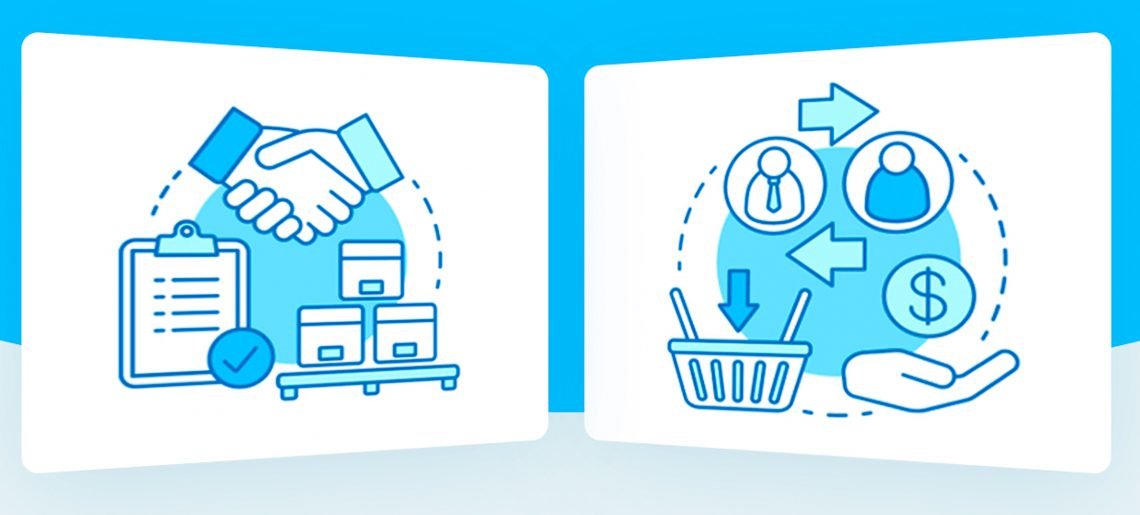The historical term of nostalgia, initially started as a medical term. The term was coined in 1688 by Johannes Hofer (1669–1752) in his Basel dissertation to refer on ‘homesickness’. Homesickness was one of the most serious sickness during that time. The term of “nostos” which means return and “algos” which means pain, were introduced to described people that suffering pain because of being far away from home and have needs to return to their home. Subsequently, the term ‘nostalgia’ evolved, and moved away from being a disease. Nostalgia known as a term that refer to time: past, present and future. In order to be classified as nostalgia, there are four factors that need to be fulfilled: An emotional feeling of being lost in Continue reading
Marketing Management
Marketing management combines the fields of marketing and management. Marketing consists of discovering consumer needs and wants, creating the goods and services that meet those needs and wants; and pricing, promoting, and delivering those goods and services. Doing so requires attention to six major areas – markets, products, prices, places, promotion, and people. Management is getting things done through other people. Managers engage in five key activities – planning, organizing, staffing, directing, and controlling. Marketing management implies the integration of these concepts.
Customer Confidence Winning Strategies Adopted by Organizations
The concept of winning customer confidence has received much attention among various stakeholders such as customers, shareholders, investors, and the government as they strive to establish whether their interest is being taken into account. Companies use multiple tactics to convince potential and existing consumers concerning why their products stand out from that of other competitors. Various customer confidence winning strategies such as celebrity and expert endorsement, attitude changing, low involvement, and high involvement approaches to make the advert more appealing, hence, this helps in boosting sales. Companies invest a substantial amount of resources in employing these criteria to keep the targeted audience hooked, in turn, this aids in increasing sales as well as the market share. Despite being costly, advertisers Continue reading
Major Differences Between B2B and B2C
Marketing includes those business activities in the flow of goods and services from production to consumption. Goods and services are of two types; consumer and industrial. Firstly, it is important to define the primary difference between Business to Business (B2B) Marketing and Business to Consumer (B2C) Marketing. Both markets are types of commercial transactions, however, simply put, business to consumer (B2C) is the process of selling products directly to consumers and industrial/business to business (B2B) is the process of selling products or services to other businesses. However, the differences between both business systems are much more complex than their simple definitions, so are their similarities. Obviously, both B2B and B2C markets have one fundamental difference: the type of customer. However, Continue reading
The Major Aspects of Brand Management
Brand management refers to the activity of overseeing or supervising the promotional activities that are carried out for a branded product or service. It involves detailed planning and analysis and has an important role to play regarding the manner in which a brand is thought of and viewed as in the market. Some tangible brand management elements are the product itself, packaging, the price and the look. This article analyzes various aspects associated with the brand management process such as the way brand are built and managed over time, the manner in which brands are organized in portfolios and how brand hierarchies are built and managed. It also assesses how brands are leveraged internationally and domestically and the different techniques Continue reading
Why Online Marketing is More Effective than Traditional Ways?
Marketing is the only way by which consumers are able to gather knowledge about a particular product. Marketing enables the company to build their brand awareness among the consumers. The buying habit of the consumers has changed a lot in the recent years and for that, the marketing process has also changed as per the requirement of the consumers. The two marketing process are ruling the world but to know which on is the better is debatable. The traditional marketing that is company advertising and the online marketing is the two marketing option in today’s world. Traditional marketing or the company advertisement is the old way of marketing the products and this method includes print media, broadcast media, direct mail, Continue reading
Advantages and Disadvantages of Sales Force Automation (SFA)
Sales person use sale forces as a step to enhance their marketing strategy. The improvements of technology helped sales person able to structure their customers’ data managements well. Sales force automation is a system that being develop to helps companies to organize their customer relationship management with confidentiality. Besides automatically computerized customers data into computer, it helps enable sales person to plan and structures their selling in the most effective way as well. It makes work easier and organized as well as more reliable for sales person. In short, sales force automation system is a good “assistant” for sales person. However, sales force automation system also brings some disadvantages where sales force automation system is complicated system involving digitalized figure Continue reading




